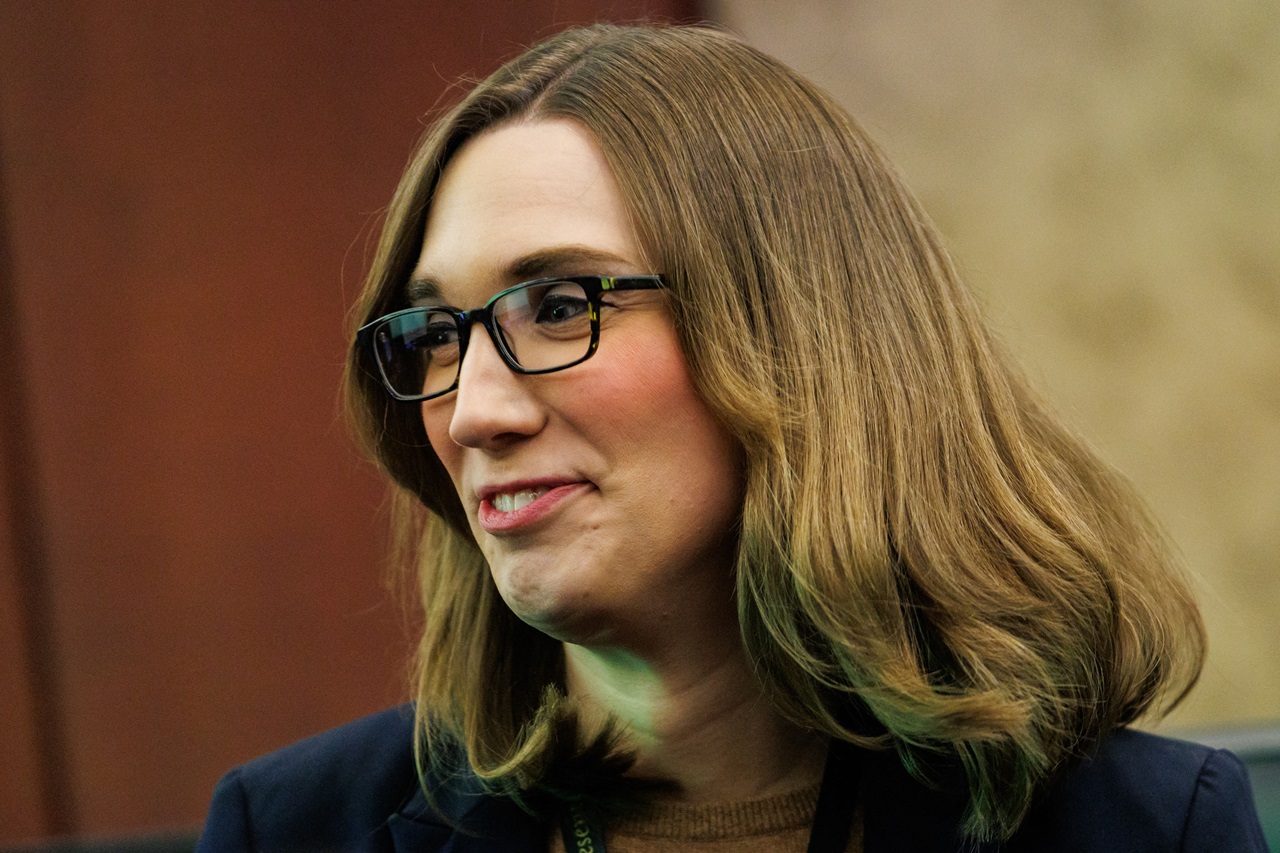
Why Academic Medicine Needs More Latino Faculty
On Wednesday, March 2, the Latino Medical Students Association held a talk entitled, “Why Academia Needs LHS+ Identified Faculty and Leaders” as part of their 2022 LMSA National Conference. LHS+ stands for Latina/o/x/e, Hispanic, and Spanish. The plus refers to the many other terms that are used to refer to one’s identity in the community.
The talk discussed the breakdown of how many LHS+ individuals are medical faculty and how that number has changed since LMSA’s founding in 1972. This talk was part of the conference’s LIDEReS program, a career advancement seminar.
LMSA was founded at Harvard University by then-students Dr. Emilio Carillo and Dr. Jaime Rivera. They created the first chapter of what would become LMSA to get more Latinos into and stay in medical school. According to the LMSA Northeast website, the two “hoped that by changing the demographic of the physician workforce, they would also be improving the poor health profile of the Latino community.”
The organization soon spread across the country with the Chicano/Latino Medical Students Association starting in 1982, and the Latino Midwest Medical Student Association starting in 1990.
Part of the talk was presented by Dr. Norma Poll-Hunter, who explained the data on how many medical school faculty are LHS+. Dr. Poll-Hunter is the Senior Director of Equity, Diversity, and Inclusion at the Association of American Medical Colleges (AAMC).
In terms of all health professions, Latinos make up 6.3% of all physicians, with physician assistants and dieticians making up the majority of those.
Of those physicians, 50% are born outside of the United States. Most who are born in the U.S. are either Mexican-American, Cuban-American, or Puerto Rican.
Currently, only 3% of faculty in American medical universities overall are LHS+. This number goes down to 1% when looking at LHS+ women. The majority of LHS+ faculty are instructors or assistant professors. The higher up the chain you get, the lower the percentage of LHS+ faculty present is. 4.2% of LHS+ faculty are instructors, compared to 2.6% of professors. Of this, 2.6% only 0.9% are LHS+ women.
The numbers are also low when looking at specific departments in medical schools. Ones like Anatomy and Dentistry have zero or one LHS+ female professor. LHS+ men don’t fare much better, however. The same departments only have seven and zero professors, respectively.
CONTENIDO RELACIONADO
After Dr. Poll-Hunter finished her presentation, audience members were able to chime in with experiences and questions. A common theme among these comments and questions was that there isn’t enough in place to help people find a program that will help them advance at all levels. Suggestions of a database for opportunities were made. People cited not finding out about opportunities until the last minute as a reason why this would be helpful.
Another aspect of help in career/academic advancement that was brought up was mentorship. The site MiMentor! was mentioned for premed students. One of the speakers also encouraged participants to put him down for a letter of recommendation.
The talk wrapped up with a discussion on racism.
Dr. Poll-Hunter shared a testimonial from a Latino faculty member that read, “Given the low numbers of Latino/Latina faculty across academia, I assumed that my value would extend beyond a diversity statistic. Although much needed, I struggled for a long time to feel a sense of belonging or wanting. This feeling of belonging is complicated. Some days, I want nothing to do with academia. And other days, I love my time here.”
She continued, “A large part of my wave of emotions has to do with the students. I have certain students who see me, a South Bronx Boricua, as an example of the possibilities of what they can become. Other students, I have to win over. I have to spend the first weeks of class performing smartness. To appease their apprehension of having a Latino faculty of color before them. It's like a never-ending series of job talks to demonstrate that I'm qualified to teach them.”
After Dr. Poll-Hunter, Dr. Cristina Fernández was invited to read her own testimonial that was published in the Journal of the Association of American Medical Colleges. It read, “I am Panamanian, an Afro-Latina, and have dark skin. Spanish-speaking patients often say, “I didn’t know you were Hispanic,” when I start speaking Spanish with them during medical rounds. I’m frustrated that people think there is a certain way that all Hispanics look. Yet, I can tell that my Hispanic patients appreciate that I can speak to them in Spanish, and that I identify with them and understand their patient care questions and concerns due to similarities in our cultural backgrounds.”










DEJE UN COMENTARIO:
¡Únete a la discusión! Deja un comentario.